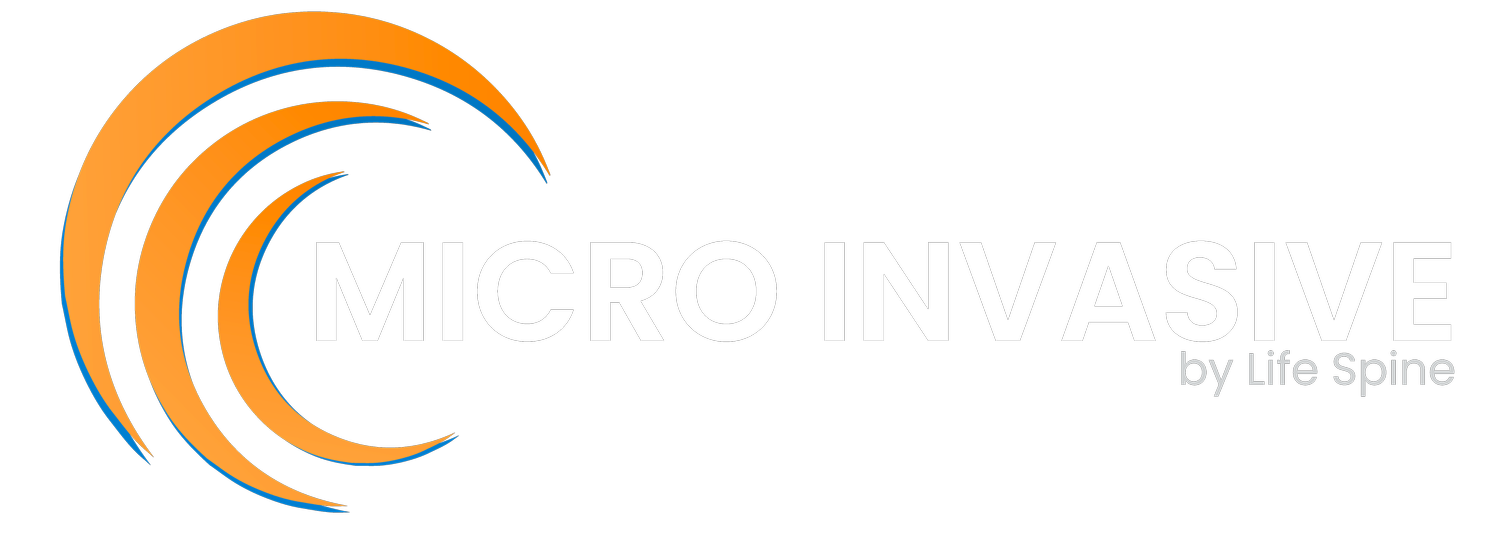Economical and Clinical Advantages
Utilizing minimally invasive techniques for instrumented spinal fusion results in decreased hospital operating costs compared to traditional open procedures in the early perioperative period. Additionally, patient benefits of minimally invasive techniques include significantly less blood loss, shorter hospital stays, lower complication rate and a lower number of residual events1
Utilizing Minimally Invasive Techniques decreased hospital operating costs compared to similar open procedures in the preoperative period
Clinical Case Highlight
Micro-Invasive TLIF
Using Life Spine's CENTRIC®-T Retractor, NAUTILUS® & ProLift®
- Surgeon was able to achieve the sagittal correction planned pre-operatively while reducing the need for adjacent level surgery, greatly reducing associated medical costs for additional hardware and operating room time
- ProLift’s low-profile design reduces endplate damage compared to static cages, which may contribute to cage migration2 and possibly eliminating future revision surgeries (1.4% - 8.0%)3
- ProLift’s in-situ expansion eliminates the need for time consuming sequential trialing reducing instrument passes by up to 83% and greatly decreasing operating room time
2“Posterior Migration of Fusion Cages in Degenerative Lumbar Disease Treatment With Transforaminal Lumbar Interbody Fusion”. SPINE Volume 34 pp ES4-ES8, Yasuchikia Aoki, MD, Masatsune Yamagata, MD, Fumitake Nakijama, MD, Yoshikazu Ikeda, MD, & Kazuhisha Takahashi, MD
3Choll W. Kim, Todd M. Doerr, Ingrid Y. Luna, Gita Joshua, Sun Ren Shen, Xin Fu, Ai-Min Wu.“Minimally Invasive Transforaminal Lumbar Interbody Fusion Using Expandable Technoogy; A Clinical and Radiographic Analysis of 50 Patients” Web.




